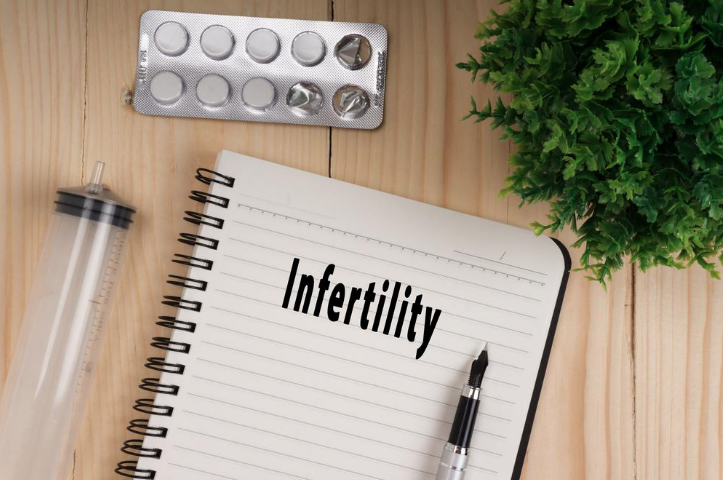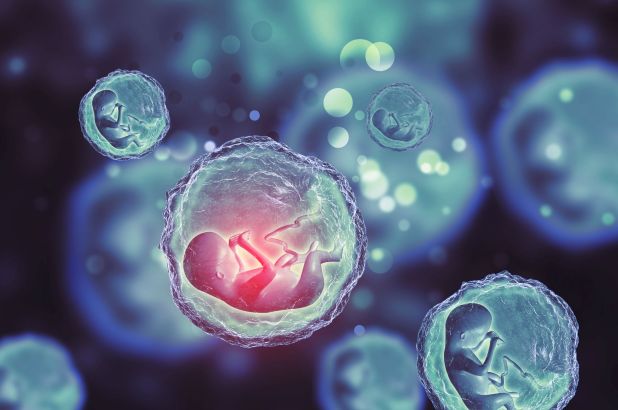By Elaine E.
Recent advancements in reproductive medicine is significantly helping people who have had difficulties conceiving due to some underlying issues. Does this mean that modern medicine can cure infertility? Not quite so, but with continued improvements, doctors are using the latest methods for fertility treatment to help couples wanting to have children.
A new IVF treatment allows female reproductive cells to be fertilized inside the womb rather than in the laboratory. The doctor inserts a capsule containing the male and female gametes into the womb for a day, therefore, accelerating the process of embryo development. Between 48 to 96 hours later, doctors select the embryos which have a high likelihood of survival and implant them in the woman’s uterine wall. This is called the AneVivo method.

It is estimated that 30-35% of couples in the UAE have some form of fertility problem. However, AneVivo treatment is cheaper than other fertility treatments and occurs in a natural environment.
Treatment
Other approaches can be used together with this method to cater to this treatment to different preferences. For example, with AneVivo Natural Cycle, the doctors don’t use any stimulation. The woman’s eggs are collected every month during her natural cycle. The procedure takes place after this collection.
AneVivo Natural Fertilization engages the patients from the onset of the operation. The ability of the AneVivo material to be absorbed into the uterus allows the embryo to be fertilized and start its early development. This is made possible by the presence of necessary nutrients. The body is also able to recognize the pregnancy and not consider it a threat.
AneVivo and egg donation involves the use of donated eggs and embryos where the recipient’s eggs are either absent, inappropriate or unavailable for In Vitro Fertilization and embryo transfer. This is the preferred method for women who have developed early menopause or became infertile due to radiotherapy.

Benefits of AneVivo to the Mother
- The process most closely resembles natural conditions. The initial stages of fertilization and embryo development occur in natural physiological conditions. This also reduces the time the embryo spends outside the body being developed and observed.
- AneVivo eases the passage of nutrients, fluids, and cell compounds that help the embryo interact safely with its environment. This allows for maternal recognition of the pregnancy. Inflammatory response and a proper maternal response will help the fetus survive and develop.
- This method enables patients to actively participate in the AneVivo process. It gives the couple confidence in knowing that the embryo has been conceived inside the mother.
- When combined with the no-stimulation treatment, freezing eggs can be avoided. Eggs frozen for a long period can potentially have negative consequences.
- There is no threat of OHSS developing. Ovarian Hyperstimulation Syndrome occurs to women who take hormones to set off the quick development of their eggs. This causes sudden weight gain, cramps, nausea, vomiting, and breathlessness. However, this is avoided with the AneVivo treatment.
Others
The fact that the new IVF fertilization takes place in a natural environment also means that the embryo enjoys an added number of benefits. Additionally, it is budget-friendly and involves fewer procedures.
Benefits to the Embryo
- Fertilization happens in perfect conditions. Growing embryos in the laboratory increases the chances of some health defects developing such as heart disease and urogenital tract malfunctions.
- There are usually no side effects to the baby because the mother is not required to take fertility medicines to sustain the pregnancy. This reduces the burden on the mother and creates a comfortable experience for both the mother and the embryo.

This treatment is much better suited to lower-income couples. It is less expensive, making it accessible to couples who can’t afford more conventional IVF methods and there is no risk of multiple pregnancies. Couples only get the number of children they choose to have, helping them plan their finances accordingly.



